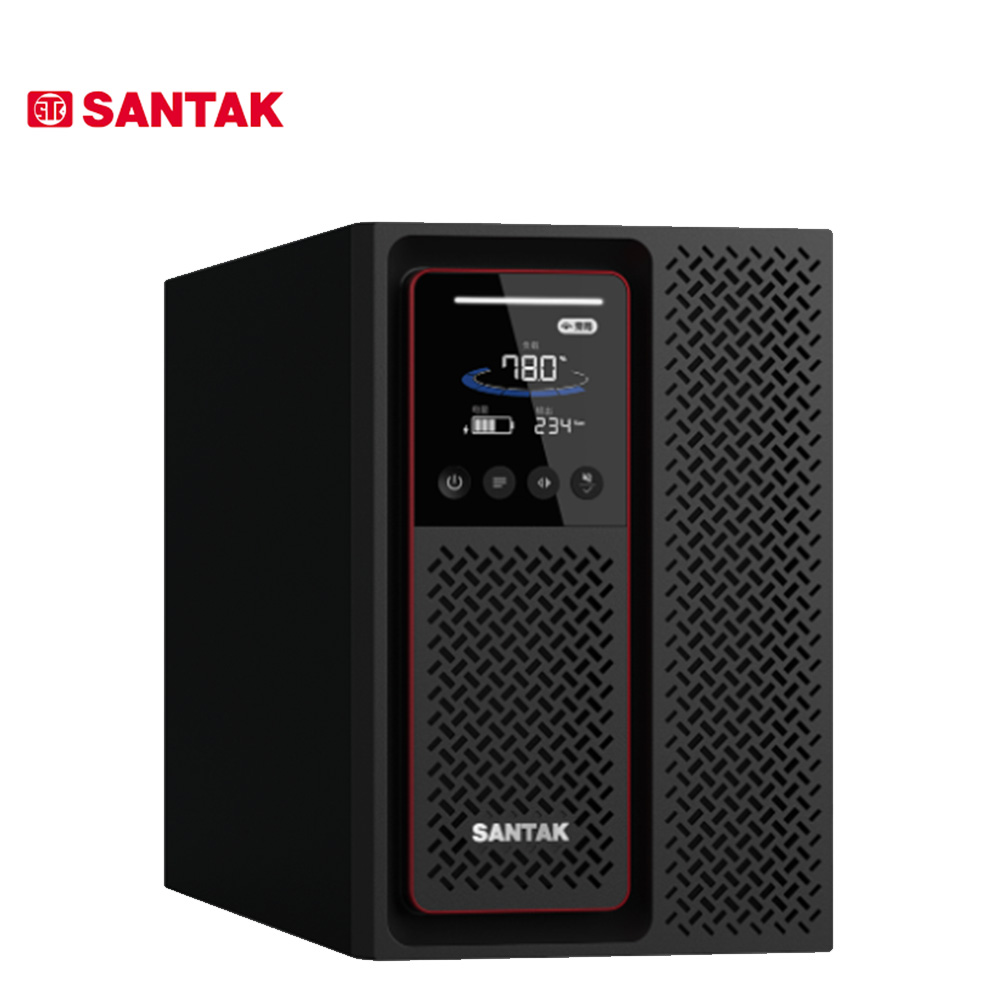An uninterruptible power supply (UPS) is a device that allows a computer to operate for at least a short period of time in the event of a loss of primary power. It also provides power surge protection.
UPS contains a battery that will ‘start’ when the device detects a power outage from the main power source. If you use a computer while UPS notifies you of a power outage, you have time to save all the data being processed and exit normally before the auxiliary power source (battery) runs out. When all power is depleted, all data in the computer’s random access memory (RAM) will be deleted. When a surge occurs, UPS will intercept the surge to prevent damage to the computer.
UPS in the data center
Each UPS converts input AC to DC through a rectifier and converts it back through an inverter. Batteries or flywheels store energy for utility failures. The bypass circuit is wired around the rectifier and inverter to operate IT loads on the input utility power or generator power.
Although UPS systems are commonly referred to as dual conversion, line interaction, and backup designs, the use of these terms is inconsistent, and manufacturers implement them in different ways: at least one system allows any of the three modes.
Voltage and frequency independent (VFI) UPS systems are referred to as dual or dual conversion, as the input AC is rectified to DC to maintain battery charging and drive the inverter. The inverter generates stable AC power again to operate IT equipment.
When there is a power failure, the battery drives the inverter and continues to operate the information technology (IT) load. When power is restored from a utility or generator, the rectifier delivers direct current (DC) to the inverter and simultaneously charges the battery. The inverter operates at all times. The common input and output are completely isolated, and the bypass is only used for maintaining safety or internal electronic equipment failures. Due to uninterrupted power delivery to IT equipment, vacuum fault circuit breakers (VFIs) are often considered the most powerful form of UPS. Most systems synchronize the output frequency with the input, but this is not necessary, so it still meets the requirement of frequency independence.
Every power conversion causes losses, so wasted energy has historically been considered the ultimate cost of reliability. The latest VFI system claims an efficiency of over 96% under almost all loads.
Voltage independent VI or true line interactive UPS has a controlled output voltage, but the input frequency is the same as the input. In developed countries, frequency independence is rarely associated with power. The public power supply is directly fed to the output and IT equipment, while the rectifier keeps the battery charged. The inverter is connected in parallel with the output to compensate for voltage dips and act as an active filter for voltage spikes and harmonics. The losses of rectifiers and inverters only occur when the input power fluctuates. The flywheel and electric motor/generator set also comply with the V standard.
When the input power fails or the voltage exceeds the range, the bypass will quickly disconnect the input, and the battery will drive the inverter. When the input power is restored, the bypass re engages the input, recharges the battery, and maintains a constant output voltage. UPS suppliers using parallel power sources claim that reliability will not be compromised. The result is approximately 98% energy efficiency.
Voltage and frequency dependent (VFD) or backup UPS operates similarly to V and is sometimes mistakenly referred to as line crossing. In traditional VFD systems, the inverter is turned off, so it may take 10 to 12 milliseconds (ms) to start creating the power supply. This interruption may cause server crashes, making traditional VFDUPS unsuitable for data centers.
The new VFD concept enables the inverter to generate power within 2ms after activation. Bypass is usually the same as V, so the equipment runs directly from the utility or generator. Due to the fact that the inverter does not operate before a power failure, there is no voltage control or power consumption, resulting in an efficiency of up to 99%. Power failure or voltage exceeding the range opens the bypass switch, causing the input and output to disconnect: the inverter starts running from the battery. The rectifier is only large enough to keep the battery charging.


